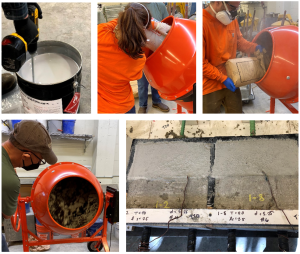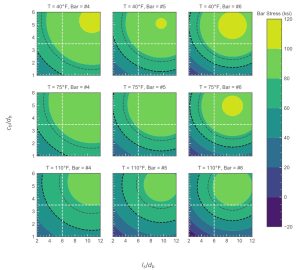January 26, 2024 1:00 pm
In this quarterly IBT/ABC-UTC Research Seminar, Travis Thonstad, Ph.D., Principal Investigator; and Carolyn Donohoe, MSCE, EIT, Structural Associate, Moffatt & Nichol, present work related to Fiber-Reinforced Polymer Concrete for Accelerated Bridge Construction Applications conducted at University of Washington.
January 2024 Research Seminar - PDF of presentation slides
Description:
The use of prefabricated superstructure elements in bridge construction reduces on-site construction time, improves work-zone safety, and reduces overall project costs. For prefabricated elements to be used efficiently for accelerated bridge construction (ABC), the precast components, such as deck panels or decked-bulb tees, must be connected quickly on-site, ideally using as little additional material as possible. Polymer concrete has been used successfully as an overlay and repair material in transportation systems for many decades, exhibiting rapid strength gain, low permeability, and higher bond and tension strengths when compared to conventional cementitious concretes. Newer polymer concrete formulations that include fibers have improved mechanical properties and could be suitable for broader use, including structural applications such as closure joints in bridges. This presentation will focus on 1) the bond and mechanical properties of fiber-reinforced polymer concrete (FRPC) at different ages and temperatures and 2) design recommendations for the required splice length of epoxy-coated reinforcement embedded in FRPC materials. The objective of this research is to enable the comparison of FRPC alongside other closure joint materials in future ABC projects.
Presenters:
Travis Thonstad, PhD
Assistant Professor, Department of Civil & Environmental Engineering; Associate Director of the Structural Engineering Testing Laboratory
University of Washington in Seattle
Email: thonstat@uw.edu
Presentation Graphics:

Figure 1. Non-contact splice specimen construction sequence

Figure 2. Non-contact splice specimen test setup.

Figure 3. Bar stress as a function of splice length, side cover, bar diameter and temperature.



